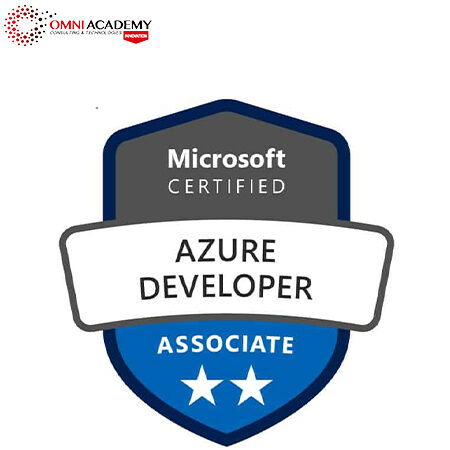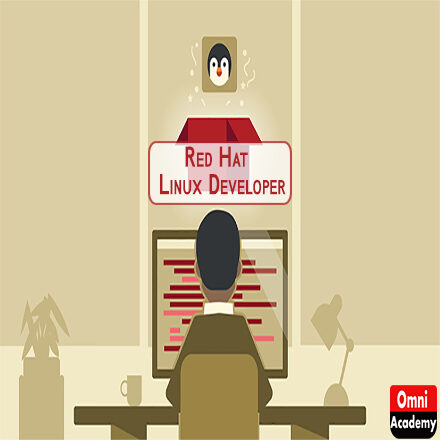Oracle BPM 11g Implement the Process Model
What you will learn
This Oracle BPM 11g: Implement the Process Model training is ideal for process developers who want to learn how to implement a BPM process model. It also teaches you how to collaborate and support the needs of process analysts in their role as modelers and co-implementer of the process.
Learn To:
- Define the underlying implementation for processing user tasks, business rule tasks and service tasks.
- Manage the flow of information through a business process by mapping data objects into and out of gateways and business rules.
- Integrate data objects into the design of human task forms.
- Create more complex process models to meet your business needs.
- Use different types of events, including message, signal and timer events.
- Manage synchronous and asynchronous communication between processes and sub-processes, peer processes and other services.
- Understand exception handling and UI customization.
Integration with SOA Suite
Since OBPM is closely integrated with SOA Suite, this course will also help you develop a clear understanding of how OBPM integrates with SOA in both the run-time and the development environment. Expert Oracle University instructors will help you develop this knowledge through a combination of instruction and hands-on exercises.
Recommended Prerequisite Knowledge
It addresses a more technical audience than the OBPM 11g Modeling course. It assumes that you already understand the basics of process modeling and know how to use the modeling tools of BPM Studio.
Audience
- Application Developers
- Developer
- Process Developer
Related Training
Required Prerequisites
Experience creating process models using the Oracle BPM modeling tools (Business Process Composer and BPM Studio)
- Experience with JDeveloper or other Java IDEs
- Familiarity with web application and web service architectures, bject oriented language concepts and some experience programming with JavaScript
- Oracle By Example (OBE): Building Your First Process with Oracle BPM 11g
- Suggested Prerequisites
- Familiarity and some experience with SOA Suite
- Oracle BPM 11g Essentials
- Oracle SOA Suite 11g: Essential Concepts
- Some familiarity with JavaScript
- Some understanding of the SOA architecture
- XML Fundamentals Ed 1.1 NEW
Course Objectives
- Customize the BPM Workspace by hiding panels land tabs, inserting external links, using Flex Field based columns, and using custom skins
- The Process Composer interface to create web forms to implement a human task process Composer Users
- Use the Process Composer interface to create web forms to implement a human task
- Create complex business rules sing decision tables
- Define approval flows using the SOA human workflow editor
- Define data associations using data objects and expressions
- Create expressions to define conditional branching
- Describe some best practices for team development of the ADF user interface
- Implement service tasks
- Send a message to a BPEL process from a BPMN process
- Explain how the integrated WebLogic server can be used to host web forms
- Use a Notification activity to send an email from a process
- Send and receive messages of various types to/from another process, subprocess, or peer process
- Handle exceptions thrown within the process and from external sources
- Describe and explain the various options available for creating a completely custom user interface for the BPM process
Course Topics
Overview of Oracle BPM Process Implementation
- Review of Oracle BPM Architecture
- Review of BPM Modeling
- Overview of the Development Environment:
- About Process Accelerators
- Introducing the SalesQuote Model
A Collaboration: Developer and Process Analyst
- Collaborative Process Design: An Overview
- Introducing Process Composer
- Creating project templates for the Business Process Composer user
- Discussing the Developer’s role in supporting the process analyst
Using Business Objects
- Working with information in a process
- Explaining Data Objects and their scope
- About Data object types and their representation
- Describing Data mapping and association
- Creating a Business Object
- Declaring Process and Project Data Objects
- Defining business indicators
Implementing User Tasks
- Overview of human tasks
- Creating a human task
- About Human task patterns
- Explaining Parameters and data association
- About Task forms
Writing Expressions and Initializing Variables
- Introducing expressions
- About Simple expressions
- About XPath expressions
- About XSL transformations
- Discussing a more advanced XPath example
- Using expressions in conditional transitions
Building Web Forms in Business Process Composer
- Overview of Web Forms
- Introducing the Web Form Designer
- About the Development Approach
- Adding Components to a Web Form
- Customizing Components of a Web Form
- Adding Form Rules to a Web Form
Implementing Business Rule Tasks
- Overview of Business Rule
- Discussing Rulesets and Bucketsets
- About Globals
- Creating business rules
- Testing business rules
Defining Human Workflows
- Overview of Human workflow
- About Patterns
- Defining human workflows
- About Task options
- Defining and using parametric roles
- The ApproveDeal human workflow: An example
Implementing Service Tasks
- Overview of Services and References
- Overview of Service Adapters
- Overview of Mediators and BPEL Services
- Creating a Service Task
Overview of Events
- Overview of events
- More on Timer events
- More on Signal events
- Discussing the exclusive XOR Event Gateway
Controlling and Organizing the Process Flow
- Overview of Subprocesses
- About the embedded subprocess
- About the reusable subprocess
- About the event subprocess
- Interrupting or altering the process flow
- About Peer process communication
- About Interprocess communication
- Setting up an interprocess communication using Message events
Handling Exceptions in the BPM Process
- Overview of Exception handling
- About System events and Business events
- Handling errors for an activity and a subprocess
- Handling errors at the process level
- Discussing Error events
- Error handling in a reusable subprocess
- Error handling in a called peer process
- Explaining Policy driven exception handling
Developing the User Interface using ADF – An Introduction
- Overview of ADF
- Explaining some fundamentals of JSF
- About Task Forms and task flows
- Working with the ADF page editor
- Explaining UI Development and Deployment
- Using the Integrated WebLogic Server for UI development
- Working in parallel with a UI development team
- Managing code lines
User Interface Options
- Making the Process UI your own – what are your options?
- Customizing the ADF Workspace
- Discussing Custom UIs and the APIs
- Creating an ADF Custom UI
- Creating a Non-ADF Custom UI (this is just a high level overview)
- About The Process Spaces Alternative Workspace
Final Project
Minimum Participants: 4 Person or More
Job Interview Preparation (Soft Skills Questions & Answers)
- Tough Open-Ended Job Interview Questions
- What to Wear for Best Job Interview Attire
- Job Interview Question- What are You Passionate About?
- How to Prepare for a Job Promotion Interview
Your FREE eLEARNING Courses (Click Here)
Internships, Freelance and Full-Time Work opportunities
- Join Internships and Referral Program (click for details)
- Work as Freelancer or Full-Time Employee (click for details)
Flexible Class Options
- Week End Classes For Professionals SAT | SUN
- Corporate Group Trainings Available
- Online Classes – Live Virtual Class (L.V.C), Online Training
Related Courses
Oracle BPM 11g Essentials
Oracle Database 12c R2: Administration Workshop
Oracle Application Development Framework 11g – ADF
Oracle WebLogic Server 12c Administration
Oracle Forms Developer Course – Build Internet Applications
[/vc_column_text]







